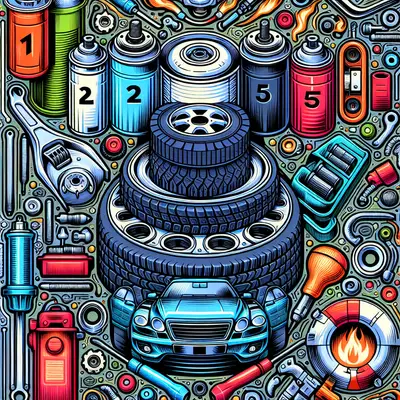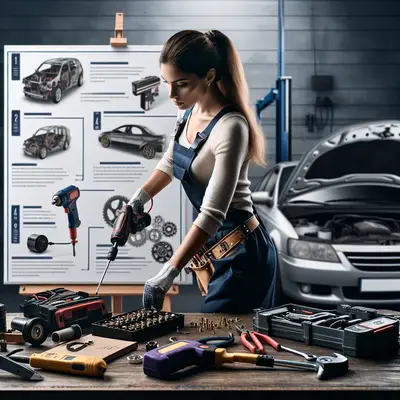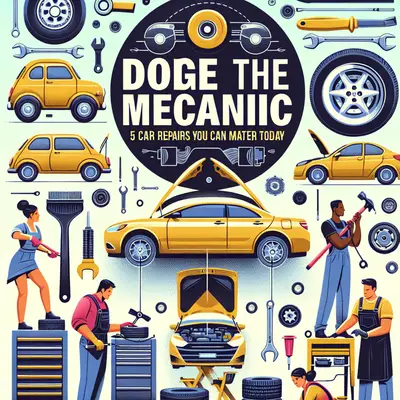1. Changing Your Oil
One of the most fundamental tasks in car maintenance is changing your oil. It's a simple process that can extend the life of your car's engine. First, you'll need to drain the old oil by removing the drain plug located underneath your car. Once it's fully drained, replace the plug and fill your engine with new oil. Don't forget to also replace the oil filter!
2. Replacing Your Air Filter
A dirty air filter can affect your car's performance and fuel efficiency. Fortunately, replacing it is a quick and easy task. Open the hood of your car and locate the air filter box. Open it, remove the old filter, and replace it with a new one. Remember to secure the box before closing the hood.
3. Changing Brake Pads
Worn out brake pads can be a serious safety issue. Changing them might seem daunting, but with a bit of patience, it's perfectly doable. You'll need to remove your car's wheels, the caliper, and the old pads. Then, slide the new pads into place, replace the caliper, and put the wheels back on.
4. Changing Spark Plugs
Faulty spark plugs can lead to engine misfires. Changing them is a bit more involved but still manageable for the average DIYer. You'll need to locate your spark plugs, which are usually found on the engine's cylinder head. Remove the old plugs with a spark plug socket and replace them with new ones.
5. Changing a Flat Tire
A flat tire can happen at any time, and knowing how to change one is an essential skill. You should always have a spare tire, a jack, and a lug wrench in your car. When a tire goes flat, use the jack to raise your car, remove the lug nuts with the wrench, and replace the flat tire with your spare.
Conclusion
With these five tips, you're well on your way to becoming your own mechanic. Remember, practice makes perfect, so don't be discouraged if you don't get it right the first time. With patience and perseverance, you can save both time and money. So, roll up your sleeves and get your hands dirty. Your car will thank you!



